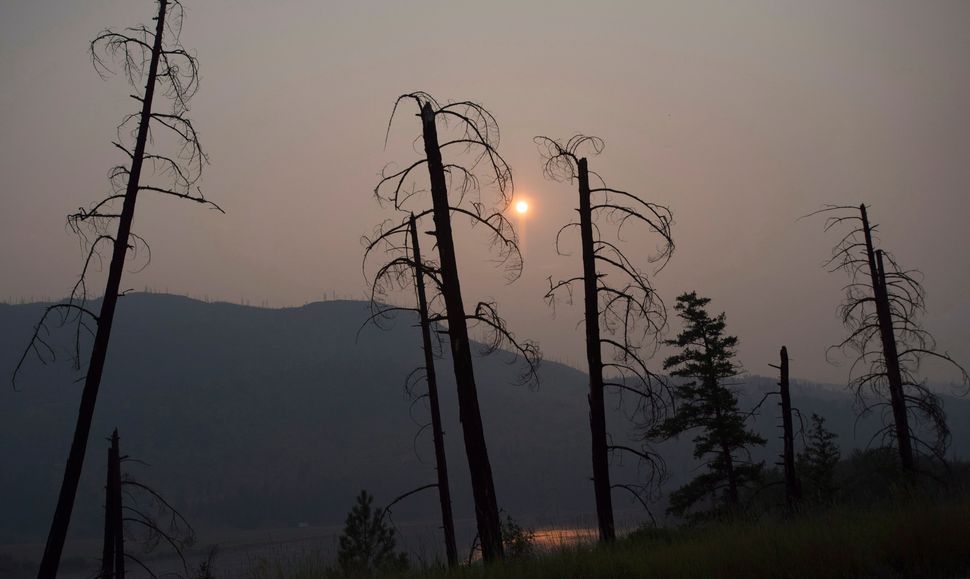
The novel coronavirus spread like wildfire.
It’s hopped from country to country and city to city, exploding into a global pandemic over the course of 2020. In Canada, it’s the largest public health crisis in a lifetime, with over 60,000 confirmed cases and over 3,000 deaths attributed to COVID-19 as of May 4.
But soon, health officials, governments and residents of Canada’s western provinces are going to have to contend with an annual battle on top of the chaos and public health emergency caused by the virus.
As spring rolls into summer, forest fire season begins.
Wildfires have become a fact of life for many residents of B.C. and Alberta in particular. While the 2019 season was quieter than usual, Western Canada was particularly hard-hit by fires in 2017 and 2018. In 2018, 2,117 fires consumed 1,354,284 hectares of land and forced 66 different evacuations in B.C. Catastrophic fires like the 2016 Fort McMurray fire have prompted massive evacuations, while it’s not uncommon for many western cities to be blanketed in a thick haze of smoke for several weeks in the summer.
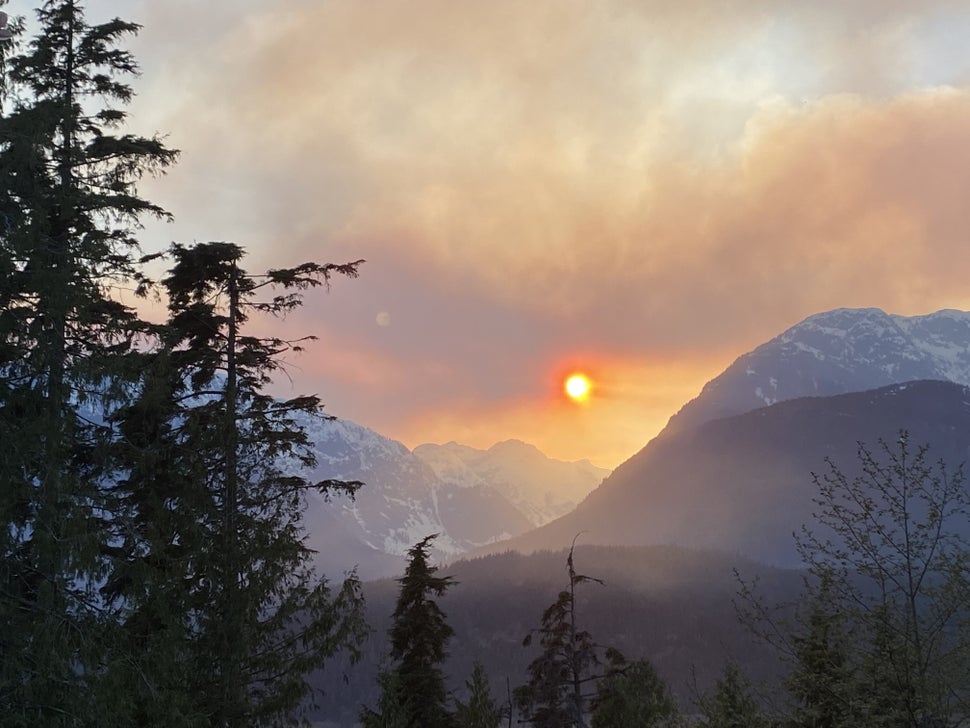
Experts say the expected hot, dry summer in B.C. could spell danger. Almost every region in the province reported less precipitation in April than average, and dry conditions can lead to increased wildfire severity.
“B.C. Wildfire Service and wildfire services in the U.S. and in Alberta are all gearing up proactively to be prepared for what may turn out to be a hot, dry wildfire season,” University of British Columbia faculty of forestry professor Lori Daniels told HuffPost Canada.
According to forecasts of fire weather from Natural Resources Canada, Western Canada faces “above average” risk for weather that could lead to severe fires.
Daniels has been working alongside other researchers from the B.C. Wildfire Service and B.C. Centre for Disease Control to map out what wildfire season will look as the province continues to battle the COVID-19 pandemic.
WATCH: How COVID-19 will impact wildfire season. Story continues below.
The province got its first preview of that new reality in mid-April, when a large wildfire near Squamish, B.C., prompted evacuations and destroyed three homes. B.C. Wildfire Service communications officer Forrest Tower said that was the first time the province was able to test its capacity to fight fires while maintaining health and safety around the virus.
“That was the first real test,” he told HuffPost.
Tower said the wildfire service employs around 3,000 firefighters every summer — 1,000 seasonal firefighters in addition to 600 full-time annual staff and close to 1,500 private contractors. Normally they undergo intensive training and bootcamps, but this year as much training was done remotely and in small, socially distant groups as possible.
Tower said this year the province is also acquiring more vehicles so crews can travel to fire sites less tightly packed. They’ve also upped sanitation procedures around equipment, and plan to preemptively deploy crews around the province to avoid travel as much as possible.
“Really, a lot of the practical changes … are just about increased sanitization, not intermingling crews and then making sure that social interactions with outside vendors, such as caterers or whoever else that they may be interacting with, is really down to a minimum,” he said.
And while in some years with particularly bad fires the province has brought in international crews from the United States and Australia, Tower said the province is preparing in case that won’t be possible due to travel restrictions and border closures.
“We’re assuming that out-of-country is not an option at this point,” he said. “I don’t think they’re gonna ever write that completely off if it’s an absolute catastrophic situation. But if it’s a little bit busier higher volume here, we may still see the out-of-province help potentially being an option. Again, I would still see that as a last resort.”
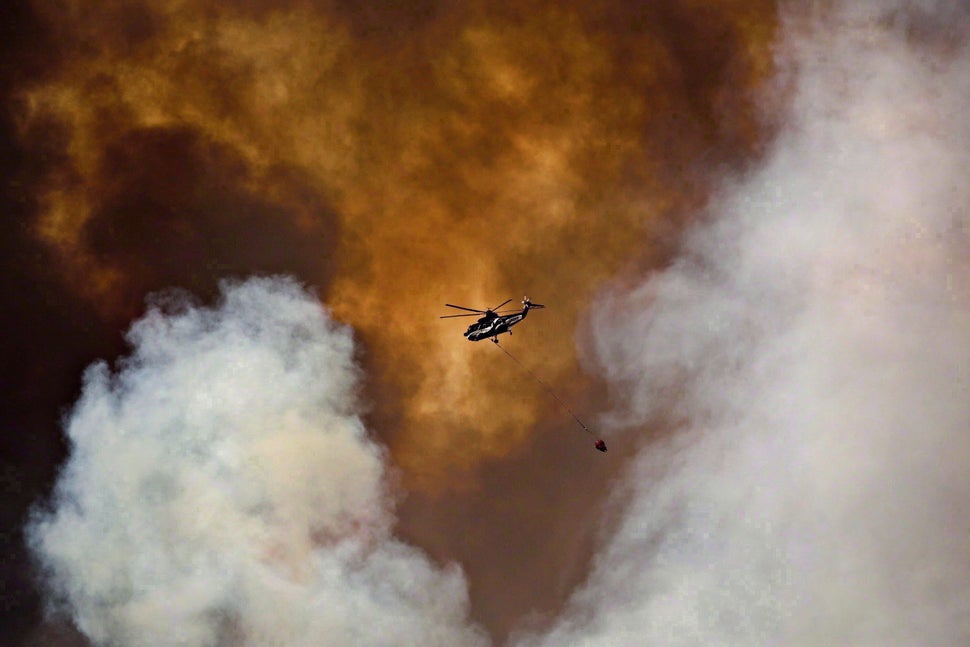
Tower said the B.C. government has not dedicated any extra funds to firefighting efforts in 2020. And next door in Alberta, Jason Kenney’s UCP government has dramatically cut firefighting budgets to the tune of $23 million, including closing 30 wildfire lookout towers and a specialized helicopter rappel program. The province has since announced it will spend $5 million to hire 200 new firefighters for the summer.
But experts are predicting challenges not only in how we fight the fires, but how we live with them too. While COVID-19 is a respiratory illness that attacks the lungs, so too does the thick layer of smoke that descends upon Western Canadian communities every summer from these fires.
Daniels said while the province is anticipating added challenges maintaining social distancing with training and deploying firefighting crews, one of the biggest obstacles will be how wildfire smoke interacts with the respiratory system of people who get COVID-19.
“B.C. Wildfire Service and wildfire services in the U.S. and in Alberta are all gearing up proactively to be prepared for what may turn out to be a hot, dry wildfire season.”
- UBC professor Lori Daniels
“People who have asthma, who have lung conditions, who have heart conditions [and] are at risk of heart [disease] and stroke, diabetes, elderly people and very young children — those are all the people who we know are susceptible to wildfire smoke and the majority of them are also very susceptible to COVID-19,” Daniels said.
According to Health Canada, around 1,600 deaths in British Columbia are a direct result of air pollution including wildfire smoke every year. COVID-19 will likely make it worse.
Research showed that during the 2003 SARS outbreak — caused by a coronavirus very similar to the one that causes COVID-19 — elevated air pollution exposure doubled the risk of death in those who had contracted SARS.
And now, preliminary research out of northern Italy suggests a possible correlation between high air pollution levels and the severity of COVID-19 cases in the hardest-hit provinces of Lombardy and Emilia-Romagna. Researchers concluded that “the high level of pollution in northern Italy should be considered an additional co-factor of the high level of lethality recorded in that area.”
In the U.S., a new study showed that tiny increases in the amount of fine particulate matter air pollution can correspond with dramatic increases in the death rate from COVID-19. Researchers analyzed 3,080 counties in the U.S. and found that higher levels of the tiny, dangerous particles called PM 2.5 were associated with higher death rates from the disease.
PM 2.5 are particularly dangerous because they are inhaled deep into the lungs and can directly inflame and impact other parts of the body. According to the B.C. CDC, most communities in B.C. regularly have low levels of PM2.5, but during smoky days those levels can be 20 times higher than usual.
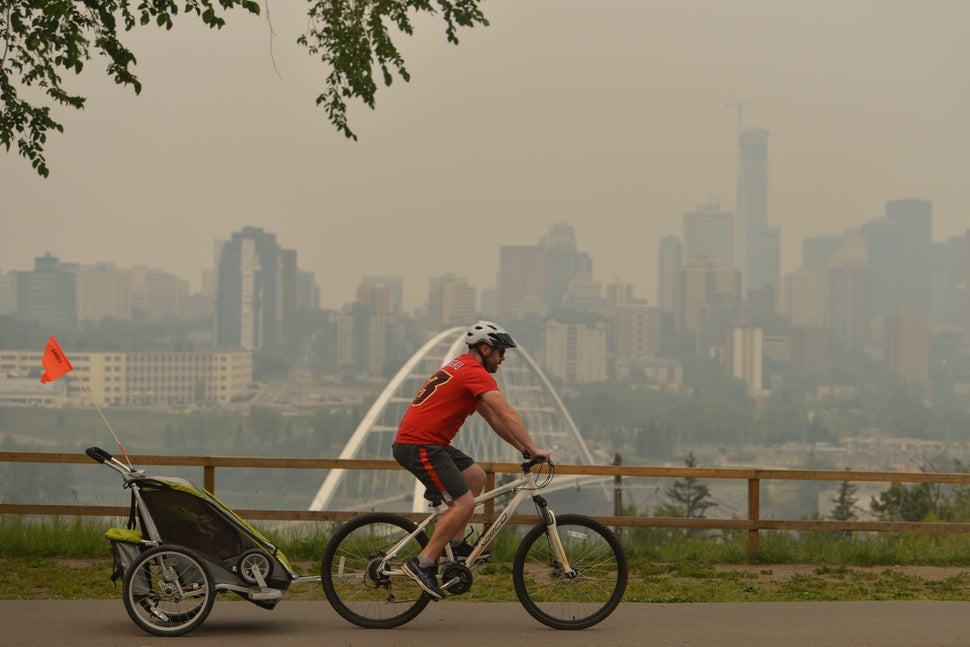
Daniels says that while wildfires won’t directly make more people get infected with COVID-19, it can increase the number of people who experience severe symptoms.
“If your respiratory system is already stressed, you’re more likely to express or there’s a chance that you will express more severe symptoms if you contract COVID-19,” she said.
People need to be proactive now to mitigate the negative impacts of wildfire smoke. It’s time to consider getting air filters or air conditioning units, she says, as well as insulating the windows of your home to prevent smoke from getting in.
Daniels said those measures are more important than ever this year, as one of the usual pieces of advice for people to avoid inhaling smoke is to go to an indoor public place like a community centre or shopping mall. But with social distancing restrictions in place because of COVID-19, that may not be possible.
“If your respiratory system is already stressed, you’re more likely to express or there’s a chance that you will express more severe symptoms if you contract COVID-19.”
- UBC professor Lori Daniels
“This year we’re not going to have that option to help alleviate symptoms and stress on people who are susceptible,” she said.
Daniels says the province is also working to limit the number of fires that happen in the first place. Officials can’t control the hot, dry weather or the number of lightning strikes that cause fires, but they’re pursuing all options to limit the amount of smoke in the province.
Many prescribed burns, usually deployed to protect forests and build resilience to unplanned fires, have been put on hold for 2020. Daniels says that while she’s usually a proponent of these burns, calling them “good fires,” the best kind of fire in 2020 is no fire.
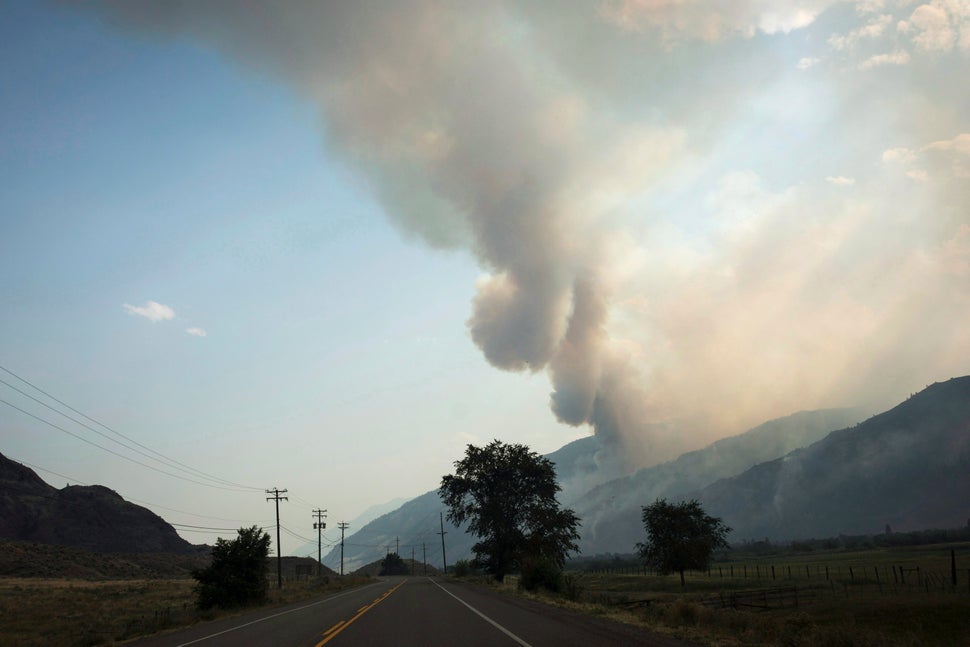
“The B.C. Centre for Disease Control has banned open burning and all prescribed fires for this year because of the smoke impacts,” she said. “[It’s] the concern that any particulates we put into the atmosphere — pollutants, smoke, other particles that any human activities put up into the atmosphere — make people more susceptible to COVID-19.”
She says just like with social distancing to prevent the spread of the virus, people must do what they can to prevent human-caused fires from making things worse. This includes ensuring campfires are put out properly, disposing of cigarette butts and even not travelling or camping in remote or isolated communities where both a fire or the virus could be particularly catastrophic.
“Almost 50 per cent of fires in B.C. are started by people,” she said. “Which means that it’s absolutely inexcusable any year but particularly this year because not only do you put the forest and communities at risk, but you’re putting people’s health at risk at a higher degree than ever before.”
Also on HuffPost: